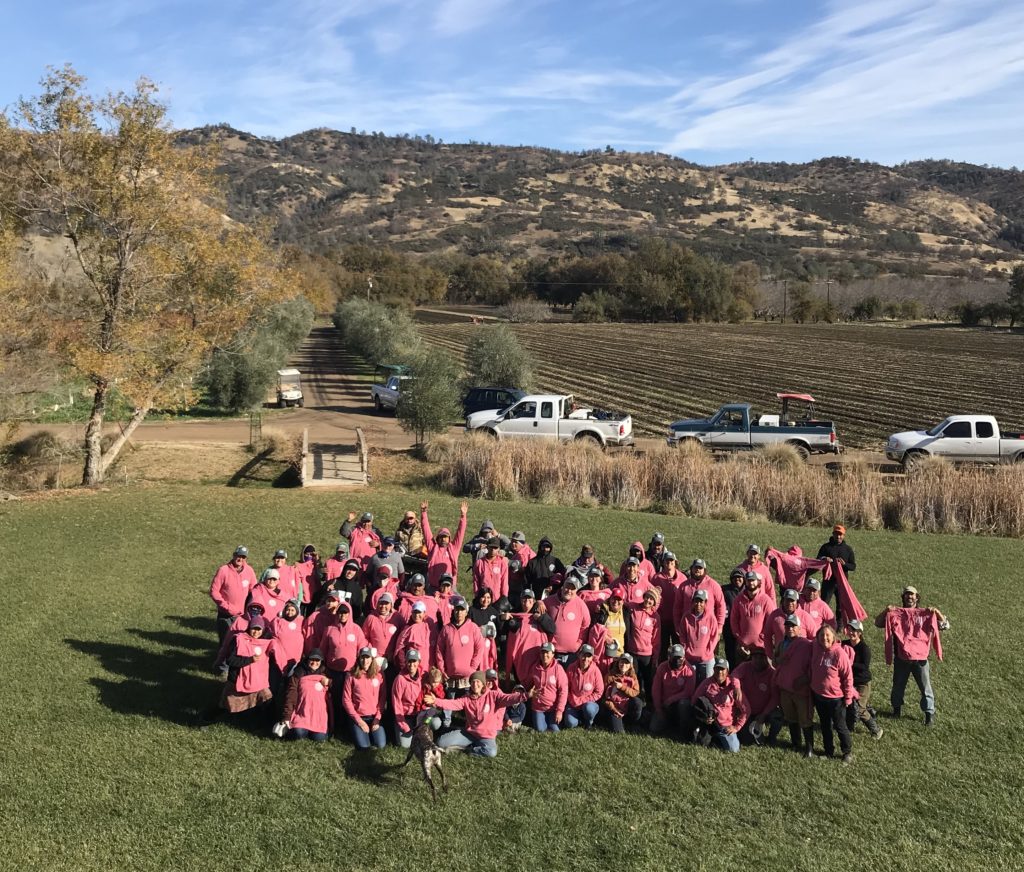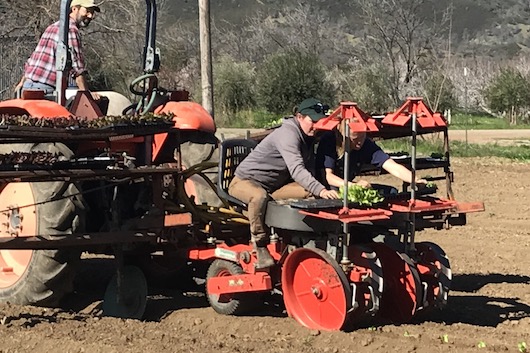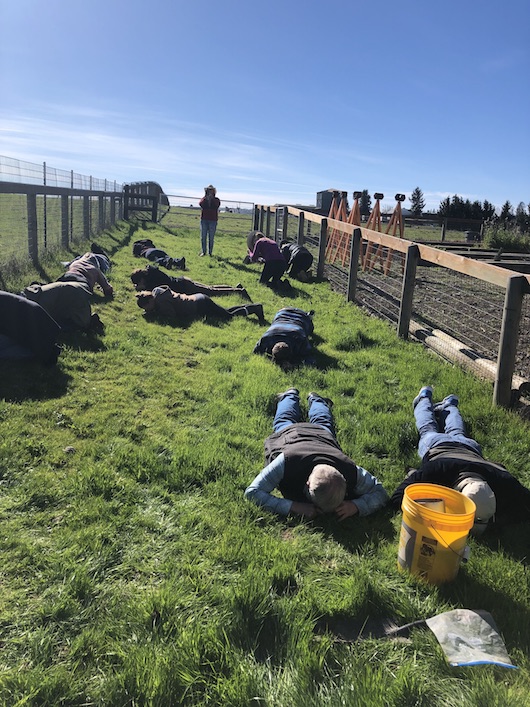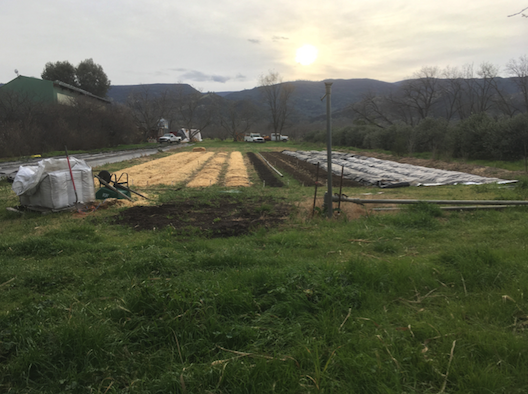
The annual all-farm photo of the year-round crew, minus a few folks, with our new sweatshirts
The cold November has rolled into an early wet December. We are grateful for both and have been reveling in the rain – what a gift! Even though it means this week, as we wrap up the 2022 CSA, farmers markets, and produce sales, we will be slogging crops out of wet fields. [Read more…]





 Food “waste,” or food production?
Food “waste,” or food production? 